Let me introduce myself.
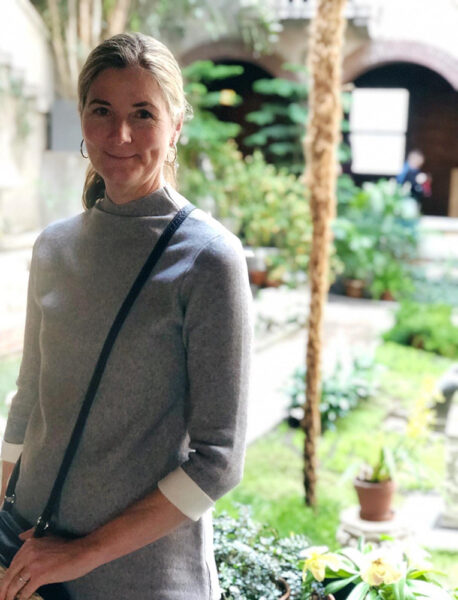
I realize I have been in business for 17 years now and while many of you know me and have been with me since the beginning (thank you!) there are so many who don’t know my story. As I gain more and more followers I thought I’d stop and reiterate who I am and what The Captured Garden is.
In my life BC (before children) I was in marketing. More accurately I was an advertising copywriter. I loved the fast-paced creative environment. Days were long but laughter was abundant. Then came kids. (BTW two of the most wonderful humans you could ever meet). I realized early on that I wanted to stay home and be with them and my husband agreed. I had grown up in a family of gardeners and as we bought our first home, and the children became more independent, I found myself gardening more. I especially loved container gardening which I found a perfect fit for my busy lifestyle. Neighbors began to notice my windowboxes and ask for help with theirs and a seed began to grow. After talking it over with my husband we decided I should start a small business.
People often ask where I came up with the name The Captured Garden and I answer, “Prayer.” And it’s true; I am a praying woman and I have a strong faith. I knew if this venture was from God He would have to be the CEO. Lots of ideas for names crammed my brain but driving over the Tobin Bridge “The Captured Garden” came to me and it stuck. Over time my unusual container gardens prompted clients to ask me about garden design. I became a Master Gardener, MCH and MCLP to learn as much as I could.
Fast forward a few years and I have been blessed with opportunities to speak at Flower Shows, Garden Clubs and Symposiums. Now I am finding a whole new audience through Zoom presentations. I find that I LOVE sharing my passion, whether live or virtually. Today The Captured Garden is a business with three distinct segments: container gardening, garden design and garden presentations.
On a personal note, my first love will always be the Lord. A close second is my family. If you ask my children what my mantra is, they will tell you “Faith and family”. When making decisions these are the two criteria: it must be pleasing to God and good for the family. I also love animals, Masterpiece Theatre (especially Downton Abby and Poldark), long walks in the reservation behind our home and a nice glass of red wine. I love hugs, but you already know that if you have been reading this newsletter. I prefer the warm weather over the cold weather and my favorite month is May. Favorite color is green. I am a beekeeper which has really impacted how I garden and inspired my presentation “Beauty and the Bees”. Finally, if I could have a superpower it would be super speed because then I might actually accomplish everything on my to-do list!
Ultimately, I am sure I am like many of you. Just a simple gardener who is happiest when her hands are in the dirt.
A look back. A look ahead.
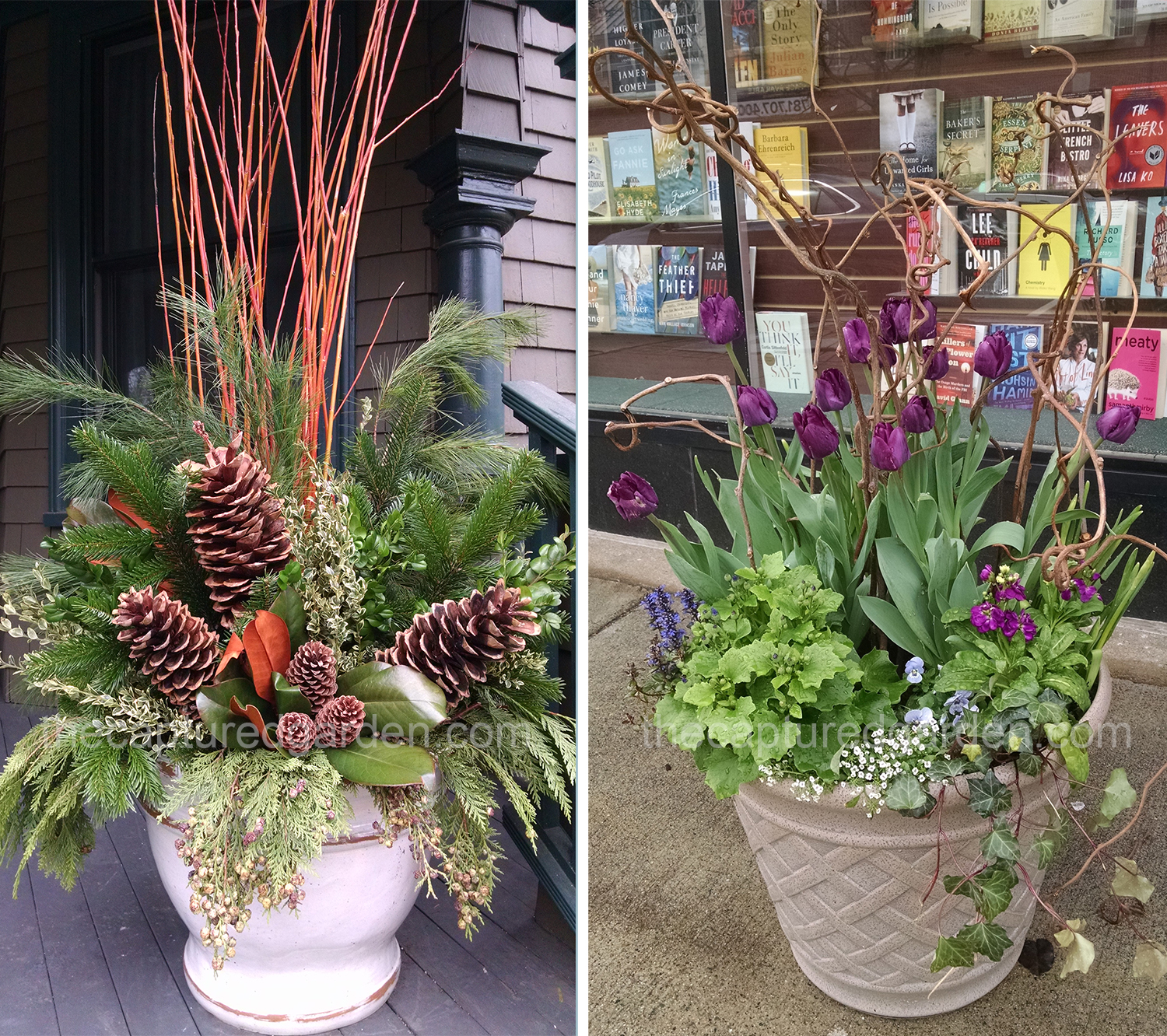
During the somewhat quieter winter months I look back and take stock of the previous year. I spend a lot of time going over photos and looking at combinations. I evaluate what worked and what didn’t. I make a list of what plants I will use again and which ones I will send packing. This winter was another challenging one as Thanksgiving was late and time for decorating was compressed. Thanks to a great team all was done before the dreaded hard freeze.
This time of year I am not planting, rather planning. As I look forward to spring I gather info from previous seasons and make notes of what we will do. Client’s suggestions, color schemes and even dates of special events are made note of and become part of the overall design plan. Of course, as with all planning, flexibility is key. If I build a whole design around a certain plant and it is unavailable or not healthy, we need to quickly switch to Plan B. I love these spring projects from our portfolio and hope they inspire you in your planning.
Winter containers
Spring containers
Fall is the Berries.
Many people associate fall with beautiful foliage. Here in New England we are certainly blessed with leaves that run the gamut from yellow to peach to orange to red to burgundy to…well, you get the idea. A road trip to “leaf peep” reveals one breathtaking vista after another. But I wonder, in our quest to find the most quintessential fall scene if we are overlooking something that might be right under our noses.
Berries.
Autumn is a wonderful time to appreciate berries as shrubs shed their leaves and allow the fruits of their labors to take center stage. Some of my favorites for great berries are the Viburnums. In fact, I believe no garden should be without a Viburnum. If you would like to learn more (and figure out which one is best for your garden) I highly recommend Michael Dirr’s book, Viburnums.
I currently have three viburnums in my garden. I love orange and Viburnum dilatatum ‘Tandoori Orange’ from Proven Winners is a showstopper with its bright orange berries. Viburnum dilatatum ‘Cardinal Candy’, also from Proven Winners, has the more typical red berries associated with the plant. I think my favorite is Viburnum dilatatum ‘Michael Dodge’ with creamy peachy/yellow berries; I had seen it years ago at an arboretum and finally found one which is now very much at home in my garden.
Callicarpa, or Beautyberry, is another gorgeous fall shrub. Purple berries line the stems and are irresistible to birds. And speaking of birds, I once asked Joann Vieira, the Director of Horticulture at The Trustees of Reservations, what she would recommend as the best plant to attract birds and she said ilex verticillata, or winterberry holly; I have been working on a bird garden on my property and after talking with Joann I went right out and purchased several.
Container Gardens to Fall For.
Fall container gardens are some of the most fun (and challenging!) to create. Plant material must be able to handle temperature extremes since one day can be a balmy 70 degrees and the next can be in the high 30’s. So, what’s the trick for creating fall containers, like ours, that look good from September until the end of November? One word: foliage.
Creating a long-lasting fall container garden is not hard if you focus on foliage. There are many great, and colorful, options that you can incorporate into your fall designs. Cabbages, kales, Swiss chards (especially the Bright Lights series), heuchera, and euphorbia are all wonderful options. Cool season herbs and veggies like sage or lettuce are great fillers. Perennials like amsonia and bergenia can be planted in summer containers and allowed to transition into fall. As the weather cools the ferny foliage of the amsonia will turn buttery yellow and the leathery leaves of the bergenia will begin to tinge pink.
Fall is such a beautiful time of year, why not keep the beauty going with your container gardens?
Late bloomers
No, I am not talking about the awkward middle school years, although I would definitely be in that group. I am talking about perennials that bloom late summer into fall. These are invaluable players in any good garden design. The spring garden is beautiful with its show of bulbs and ephemerals and the summer garden wows with its peonies and roses. But what happens in September and October? If your garden starts to fall asleep consider a few of these less expected “late bloomers” to wake it up.
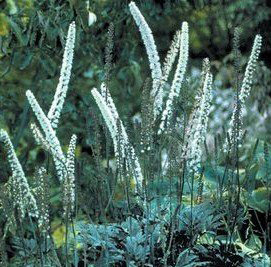
Actaea. This is one of my all-time favorite late blooming perennials. Actaea (formerly cimicifuga) has a beautiful base of fern-like foliage and beginning in summer and continuing through fall the plant sends up stems topped with white bottle-brush shaped flowers. What I love most about this plant is the fragrance; to me it smells like grape jelly. Make sure to site actaea where its delicious smell can be enjoyed – I have three plants by my side door and the fragrance greets me whether I am coming or going. Actaea likes shade to part-shade in rich soil. It can take a bit more sun but will start to crisp if not given enough water. I love the dark-foliaged varieties like ‘Hillside Black Beauty’ or ‘Brunette’.
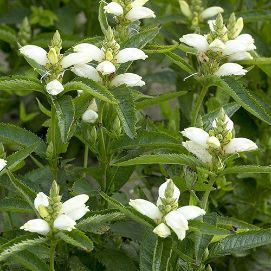
Chelone glabra. Also known as turtlehead this is another great perennial. Good in full sun to part shade chelone does not like to dry out so it would be perfect for a wet spot in the garden. It forms a nice clump between 2’-3’ and blooms from August to September. As a beekeeper I know how popular it is with pollinators – it even contains compounds that scientists have found bees use to self-medicate. Chelone is primarily pink but I have the true chelone glabra which is white.
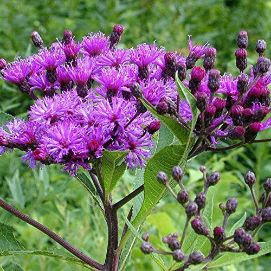
Vernonia. If you are looking to attract hummingbirds and butterflies this is the perennial for you. Vernonia, also known as Ironweed, is an easy-to-grow sun-loving native that will reward you with beautiful purple blooms from August through September. Ironweed can be large – up to six-feet – so it makes a great statement at the back of the border. For those with smaller garden Vernonia lettermanii ‘Iron Butterfly’ might be a good choice. This ironweed stays under 3’x3’ and unlike some vernonias is very drought tolerant once established. Vernonia lettermannii ‘Iron Butterfly’ is one of Piet Oudolf’s “Must Have” plants and is massed at New York City’s Highline and Chicago’s Lurie Garden.
Prune here perennials
Wouldn’t it be nice if gardening was easy and plants actually told you what they wanted? Some of them do. When it comes to pruning there are some that I call “prune here perennials”. These are perennials, like nepeta, that flop open after their first bloom. New growth makes a neat mound inside the plant and the area between is basically where to cut. By doing this after the first flush of bloom you can get a second round of beautiful purple flowers. I also have had success with this method with salvia. Threadleaf coreopsis and lamium also benefit from pruning back. Yarrow is another candidate, although it does not always re-bloom, it puts out fresh, good-looking new growth.
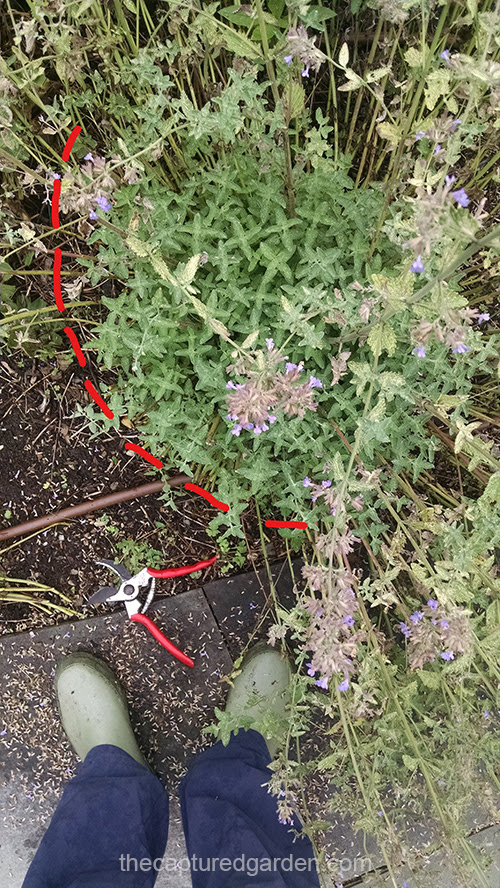
Dial it in Design
We’ve all seen it. The dial it in design. Whether the work of a builder, landscaper or overwhelmed homeowner these gardens are everywhere. Typical dial it in designs go something like this: put tall things on the corners, round things in the middle and add a few triangular things. This triangle/meatball design process is sad because it overlooks so much.
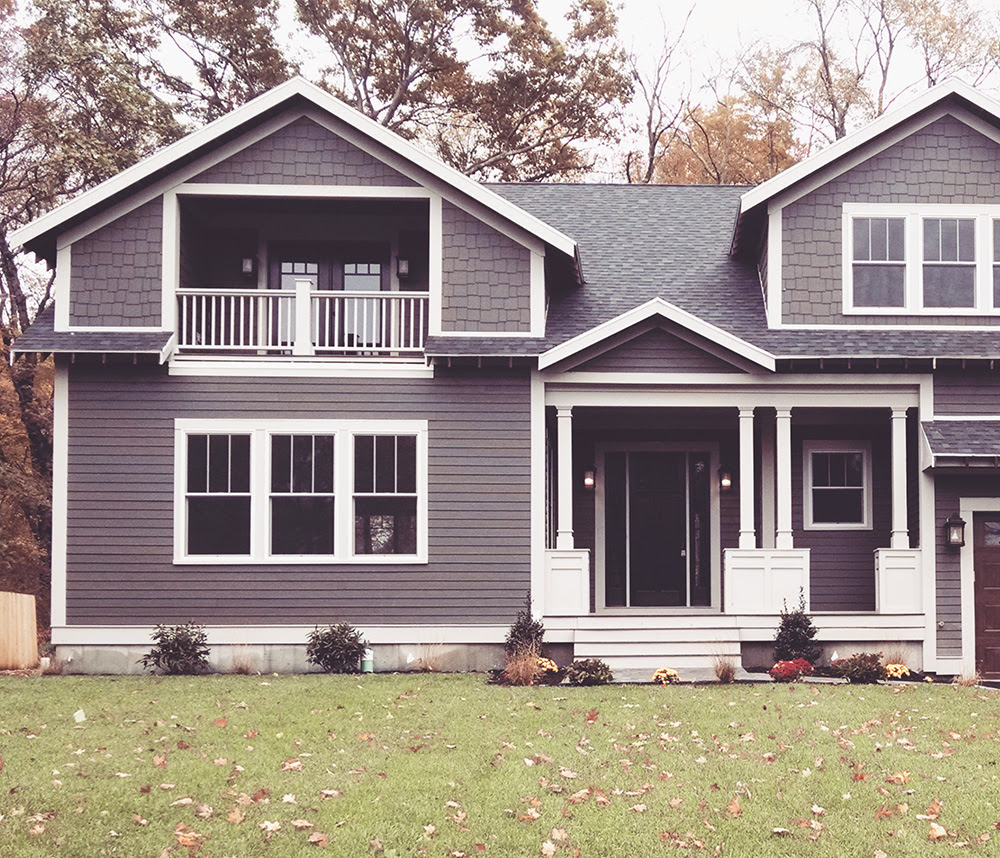
I enjoy designing gardens and I am proud to say that no two are ever the same. That’s because I want each garden to feel personal to my clients. It should reflect their style, their colors, their vision. I am sure there are programs out there where you can input dimensions and have a landscape created personally for you. But how personal is that? By spending time with my clients I understand what is important to them. If they are away a good part of the summer I will incorporate more spring and fall bloomers. If they want low-maintenance I will forego roses and delphinium. If they have shade I will focus on beautiful textures rather than lots of color. If they have small children (and even if they don’t) I will use native plants to attract birds and pollinators.
I recently took on a design job of a new build. The home was beautiful and I was excited to make the outside as wonderful as the inside. I met with the client and talked about style, maintenance, colors, etc. It was a good meeting and I couldn’t wait to get to work.
Imagine my surprise when I returned to the site a few weeks later to find that the builder had added plantings. They weren’t horrible – pointy things on the corners, round things in the middle and a few triangular things. And a lot of black-eyed Susans which I knew would not thrive in the shady garden. Large evergreens were planted adjacent to the patio for privacy. I was planning on planting for privacy but had envisioned more of a mixed border.
My design had called for the view out the window to incorporate a beautiful fastigiate beech in a plum color that would echo the beautiful painting of trees over the fireplace. Now the view was simply green.
Your home should reflect you. Why settle for cones and meatballs when there is a whole beautiful world of plants out there? If you don’t know where to start give me a call and set up a consult.
H2Ohhhhh
In New England this has been a ridiculously hot, dry summer. It goes without saying that the need for water is greater than it has ever been. Not only for you as you are working in your garden but also for your plants. I have a client who went away for the summer. Unfortunately, he didn’t think that the garden would need water. This is a new garden and although I planted drought-tolerant plants I explained that especially the first year the plants would need regular water. Sadly he did not hear me and a recent garden check left me heartbroken. So many beautiful plants barely holding on. The soil was dry as dust.
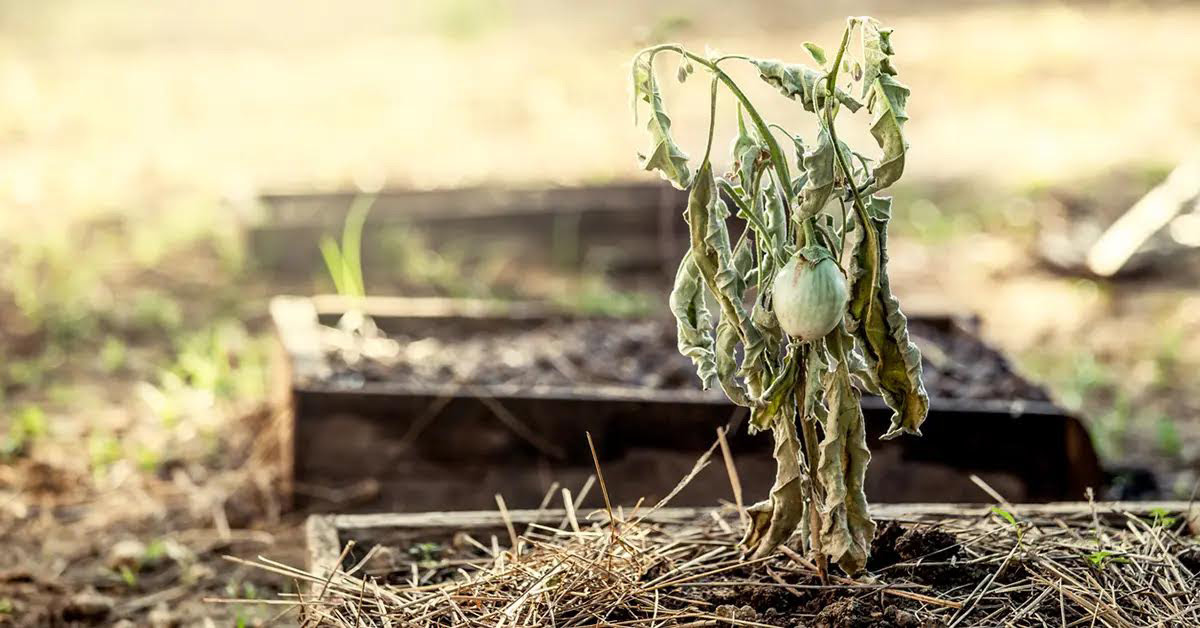
Please make sure that your gardens and containers are getting ample water. Don’t think that any occasional rain lessens your responsibility. Often if the rain is heavy it rolls right off the surface and into the storm drain. If you are fortunate to have an irrigation system, make sure it is working correctly. A brown spot on the lawn or an area of the garden that is not looking great could be an indication of a problem. Since many systems run very early in the morning you might not always spot a problem with one of the sprinkler heads.
Speaking of early morning, it is the best time to water. Water can sink in without evaporating as it would in the heat of the day. Watering late in the evening is not good as moisture will stay on leaves and blades and can cause mildew or fungus. And hand watering is rarely a good idea. Unless you plan to stand and water for hours that is. A better idea is to set up a sprinkler and leave it for a few hours. You can always dig into the soil to see how deeply the water has penetrated. Soaker hoses are also a good idea and will deliver water right to the root zone.
Most gardens need about 1” of rain per week; a good rain gauge can determine if you need to water.
Happiness is just two feet away.

Among all the great questions – “why are we here?” “is there life on other planets?” “what happens after we die?” I believe there is another we have yet to ask – “why did we stop skipping?”
The other day as I was out running errands I stopped at a light and, because it was a long light, I had time to look around, or “observate”, as my brother often teases. There were the young moms clutching their coffees, the store window signs that heralded “We’re open”, the teenagers in the Jeep next to me with the music too loud. I was just about to give them the evil eye because they were texting when something caught my eye. Two young boys, ice cream cones in hand, were skipping down the sidewalk. Skipping. As in see how high you can get your knees up, laugh -out-loud skipping. I watched as their father tried to keep up and started giggling. Didn’t he know that walking, even fast walking, can never trump skipping. Skipping is so much faster and more fun. And then I remembered when I used to skip. At first it was difficult and required me to really practice and pay attention. Kind of like when I try and do “the floss” dance move!
For some reason over time we have stopped skipping but I wonder what would happen if we started back again. I dare you to try and skip without smiling; it can’t be done. And for better or worse I bet when people see you skipping, they will smile. We have so many things to bring us down and as a result many of us move about in a depressed Eeyore-like shuffle that is worse than a teenager on the first day of school. To lighten our mood, we don’t need more drugs, we don’t need more time at the gym, we don’t need anything else that promises to make us happy. I think what we really need is just two feet away.
Mid-Century pollinator pad
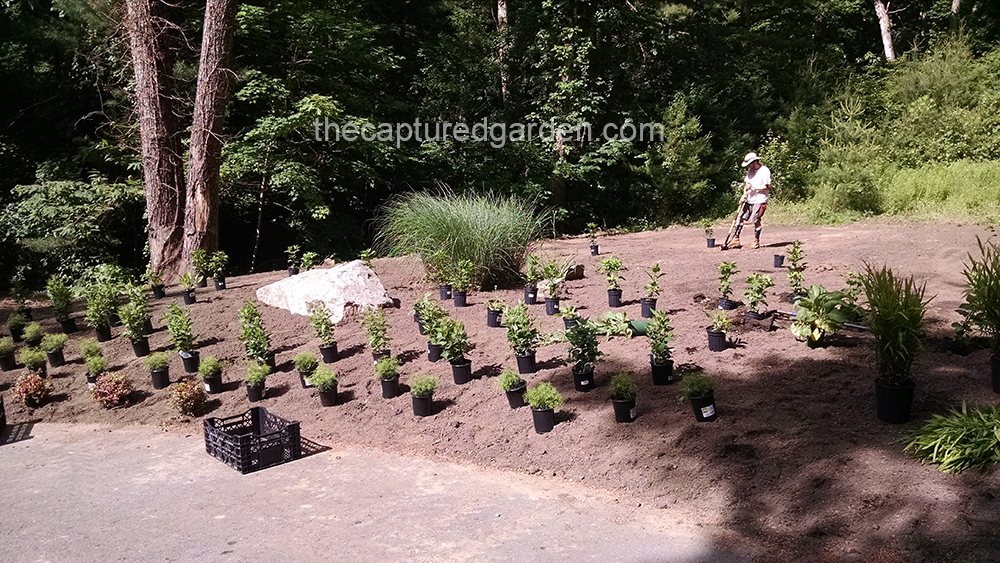
One of our latest projects involved turning a messy, weedy area at the base of our client’s steep driveway into a contemporary pollinator garden. The style of the house is mid-century modern, so we kept our design very linear and planted in rows of material. We started with a tall Joe Pye weed (eupatorium maculatum) and fronted that with wild quinine (parthenium integrifolium). Next came a row of agastache and then in front coreopsis. Finally, we planted sedum ‘Fuldagut’ and allowed it to wander down the slope a bit.
Planting in blocks is best for pollinators since it makes plants easier to see and also helps them to conserve energy while foraging. A planting like this is also conserving energy for the homeowner since all these plants are low maintenance and, once established, will do well in hot, dry conditions. By designing with perennials, which die to the ground in winter, we will minimize any damage that could be done by the snowplow as it comes down the drive.
I am excited by the potential this garden has to help all kinds of pollinators. Before we had even started digging, while we were arranging plants, a few butterflies came by. That’s always a good sign!
























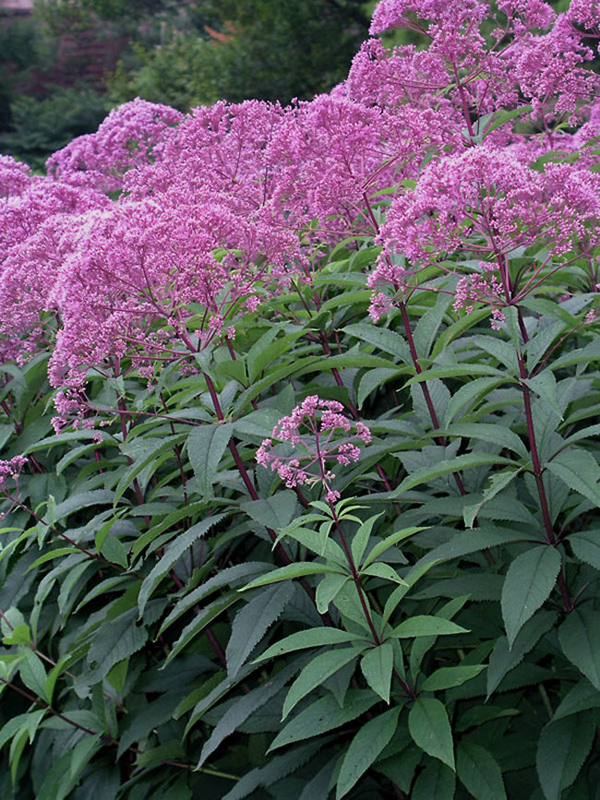
Follow Us!